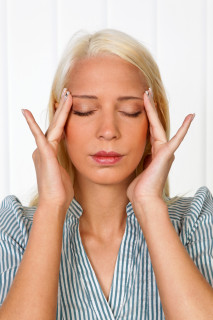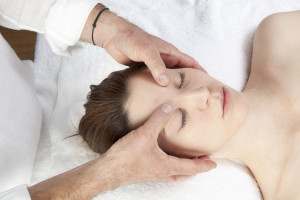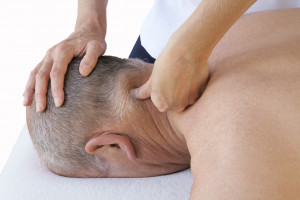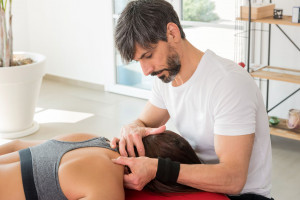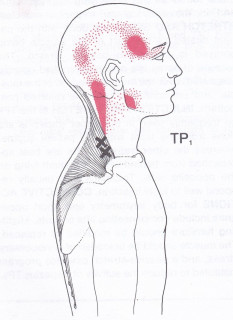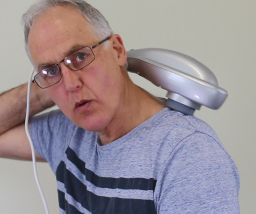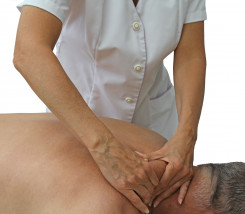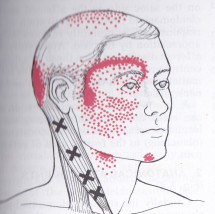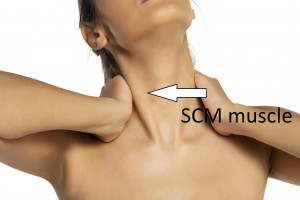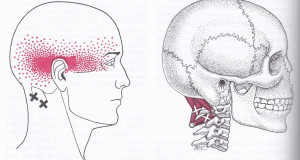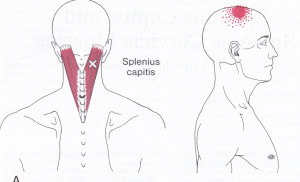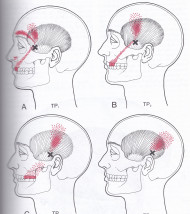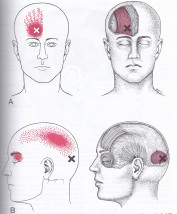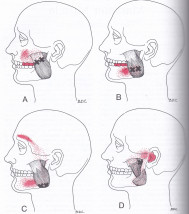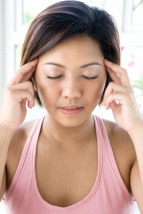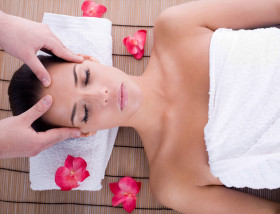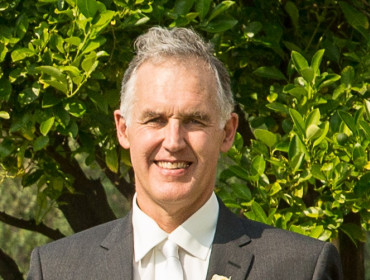Is your headache suitable for massage or trigger point therapy?
The techniques we will show you are very safe, but we don’t want you doing self massage if you have something serious. It is important that this be determined by a professional familiar with your specific needs, but for general information we will run over the various types of headaches and which might benefit. For this we divide headaches into two main types: primary and secondary,
Primary headaches (the main type)
Primary headaches are those not caused by another disorder. They are typically caused by pain from pain sensitive structures around the head and neck. About 95% are simple pain from the muscles and joints, and are called tension or cervicogenic (meaning from the neck), while about 5% are headaches such as migraines (1).
Tension or cervicogenic headaches
Just as muscles and joints from your back can cause back pain, the muscles and joints of your head, jaw and neck can cause headaches.
The muscles
Muscles can cause pain if they are placed under tension or contain lumps known as (myofascial) trigger Points . In the section below we show you the muscles that cause headaches, and the simple treatments you can do yourself.
The joints
Problems with the joints of the neck are also a major cause of headaches (2–5). For further information about these and how they are treated please see our article on spinal joint problems. Joint problems require assistance from a properly qualified professional such as a Chiropractor, Osteopath, or a Physiotherapist with appropriate post graduate qualifications
Migraine type headaches
Migraines are a lot more complex. However, scientists have found a strong association between migraines and issues such as trigger points and abnormal neck function (2,4–8). In plain English this means that the muscle and joint problems described above often indirectly cause migraines, so the treatment we discuss may help.
Secondary headaches
Secondary headaches result from other conditions such as diseases or tumours. These are far less common, but need to be identified when they exist so the proper care is received.
